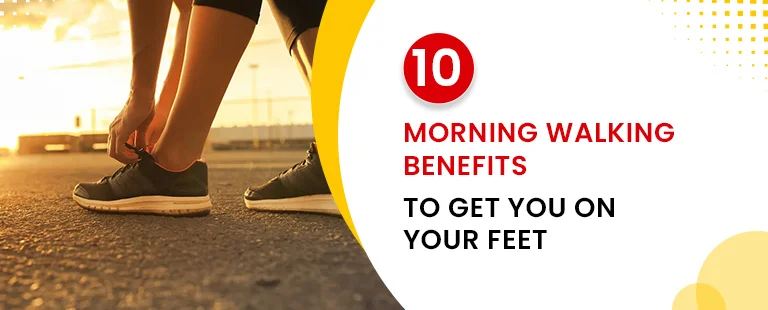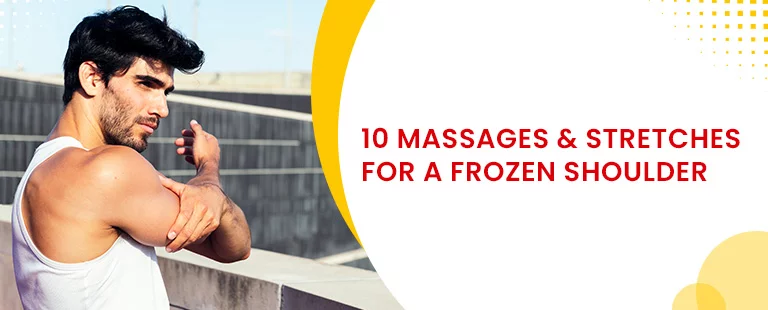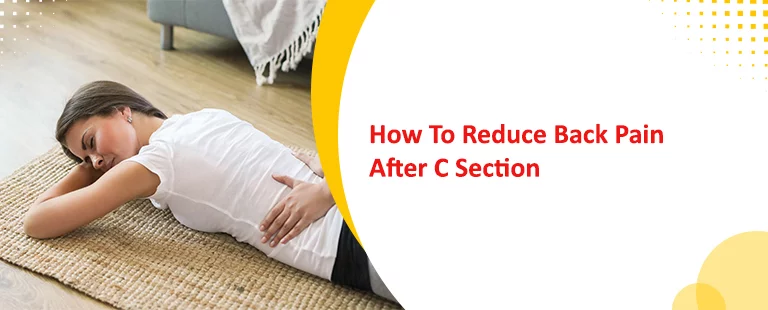Joint Pain Is No Longer Just an Aging Problem
Dr. Mir Jawad Zar Khan Explains the Alarming Rise Among Millennials
Office-based workers — especially those spending long hours at computers — are increasingly reporting
musculoskeletal problems once associated with much older adults. Across clinics in India, adults in
their early 30s to mid-40s are presenting with chronic back and knee pain, stiffness, and recurring
soft-tissue issues.
The main culprits? Sedentary, screen-heavy lifestyles and
widespread Vitamin D deficiency.
“Pain isn’t a personality trait of getting older — it’s a physiological signal that something fixable is off. Among millennials, vitamin D deficiency is the most common, correctable driver I see behind diffuse aches and early joint wear,” says Dr. Mir Jawad Zar Khan, Senior Orthopedic & Joint Replacement Surgeon and Chairman & Managing Director, Germanten Hospitals, Hyderabad.
The Vitamin D Paradox
India, despite its abundant sunshine, faces one of the highest rates of Vitamin D deficiency in the
world. Studies estimate that 70–90% of Indian adults are deficient.
Vitamin D
plays a vital role in calcium absorption, bone mineral density, and muscle
function. Low levels can lead to bone pain, muscle weakness, fatigue, and even early
fractures.
Why Are Millennials Deficient?
- Indoor lifestyles: Long office hours and commutes mean missing peak UV-B sunlight hours.
- Skin tone: Darker skin requires more sun exposure to synthesize adequate vitamin D.
- Urban pollution: Smog filters UV-B rays, reducing skin’s vitamin D production.
- Limited dietary sources: Few natural foods provide Vitamin D — mainly fatty fish and egg yolks.
“Vegetarians can absolutely maintain healthy vitamin D levels, but only if they’re intentional about sun habits, fortified foods, or supplementation. Hoping your sabzi will cover it won’t work,” explains Dr. Khan.
Are Millennials Really in More Pain?
Clinically, yes — and not just from vitamin D deficiency.
Prolonged sitting, poor posture, and
irregular high-intensity workouts cause a mismatch between tissue capacity and demand. This leads to
neck and shoulder strain, low-back pain, and early knee
problems.
When vitamin D deficiency is added to the mix, recovery slows down, muscle
fatigue increases, and micro-damage in bones accumulates — multiplying everyday aches.
Dr. Mir Jawad Zar Khan’s Approach
About the Expert
Dr. Mir Jawad Zar Khan leads Germanten Hospitals, Hyderabad. Trained in India and Germany
(Arthroplasty Fellowship, Munich), he has performed 20,000+ orthopedic procedures
in his 25-year career.
He has received several honors including:
- Champions of Change Award by former President Shri Ram Nath Kovind
- Iconic Joint Replacement Surgeon of Telangana (Times of India, 2022)
“I start with the basics before implants — the sun, diet, loading patterns, and measurable goals. Surgery is a tool, not a lifestyle,” says Dr. Khan.
Dr. Khan’s Playbook for Joint Health
- Test, don’t guess: For recurring pain without clear injury, get tested for Vitamin D (25-OH-D) and Calcium levels.
- Sun exposure: Encourage safe morning or late-afternoon sunlight. Darker skin tones and polluted environments may need longer exposure.
- Balanced diet:
- Non-vegetarian: Fatty fish (salmon, mackerel, sardines), egg yolks.
- Vegetarian/Vegan: Fortified milk or plant-based alternatives, curd, cereals, and UV-exposed mushrooms.
- Supplement wisely:
- RDA for adults (ages 1–70) is 600 IU/day.
- Tolerable upper limit is 4000 IU/day, unless under medical supervision.
- For deficiency: Cholecalciferol 60,000 IU weekly for 6–8 weeks, followed by maintenance dosing — only as advised by a doctor.
“The right dose depends on your baseline level, body composition, skin type, and health status. There’s no universal megadose that’s healthy for everyone,” cautions Dr. Khan.
FAQs Millennials Ask Dr. Khan
1. I’m a vegetarian. Can food alone fix my Vitamin D levels?
Sometimes — if combined with smart sun habits and fortified foods. However, many patients still need supplements, especially in polluted cities or with darker skin tones. Testing is essential.
2. How often should I take supplements?
For general prevention, daily RDA-level dosing works well.
For deficiency, Indian regimens use
weekly 60,000 IU doses for a few weeks, then a maintenance plan — always with
medical supervision and follow-up blood tests.
3. Why do I still feel pain after taking Vitamin D?
Because pain has multiple causes — posture, muscle deconditioning, sleep quality, obesity, and gut health all play a role.
“Your joints are metabolic organs. Feed them sunlight, movement, and protein as reliably as you feed meetings to your calendar. Treat your 30s like a compounding decade for bone and joint capital. Small, consistent deposits now — sun, steps, strength — beat big surgeries later,” emphasizes Dr. Mir Jawad Zar Khan.
Conclusion
Millennials aren’t “getting old early”; they’re under-recovered and
under-sunlit.
The evidence is clear — India faces a severe Vitamin D deficiency
crisis, worsened by urban lifestyles. The good news: it’s completely preventable
through smart sunlight exposure, nutrition, and guided supplementation.
At Germanten Hospitals, we’re committed to helping individuals reclaim joint health through evidence-based orthopaedic care, preventive education, and modern surgical excellence when needed.



